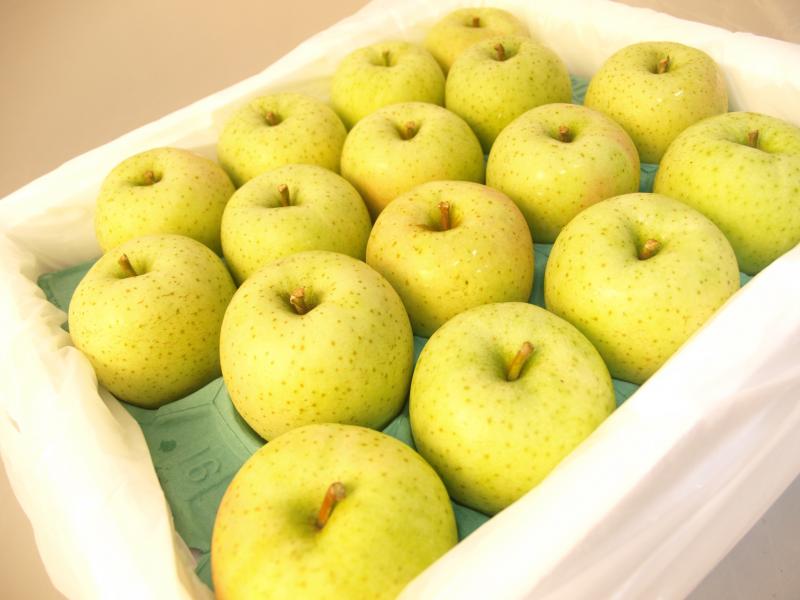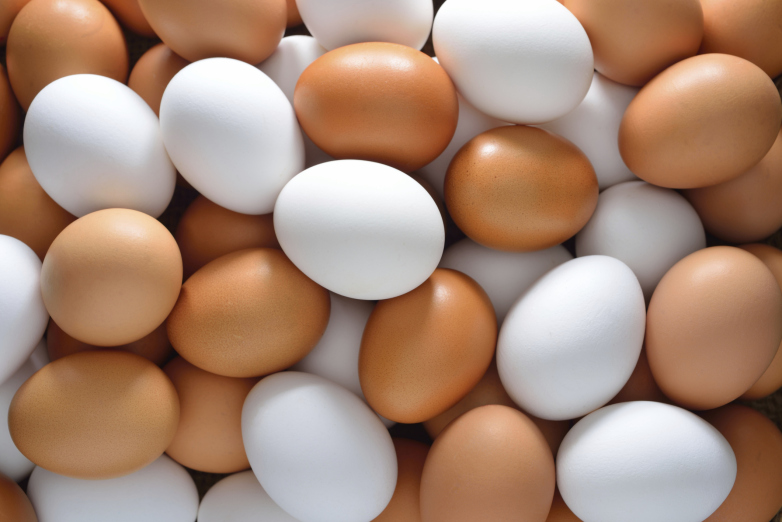
02.18.2016
Medtimes Feature
Medtimes Feature
Infertility is a worldwide problem affecting the health of couples of childbearing age. Assisted reproductive technology (IVF, IVF-ET) brings hope for infertile couples, but the low success rate has been a major concern. Recent years, the focus point has switched to improving the clinical pregnancy rate of IVF. On the basis of assisted reproductive technology (IVF-ET), combining the theory of Chinese medicine and Chinese treatment from multiple approaches has helped to achieve a positive clinical pregnancy result.
IVF-ET treatment cycles generally require controlled ovulation, oocyte retrieval, in vitro fertilization to embryo culture and transplantation. Following a series of complex processes, ultimately pregnancy is achieved. Ovarian function, follicle quality and fertility will all affect the quality of the endometrium and the chance of pregnancy.
In Traditional Chinese Medicine, it is believed that kidney imbalance is the underlying cause of infertility. Genital development, maturation and maintenance of sexual function, and reproductive ability, are closely related to the rise and fall of renal function. Common physical illness, ovarian surgery, pelvic infection, etc., can directly or indirectly lead to kidney malfunction, thus affecting reproductive function.
Chinese Treatment VS. Western Treatment
TCM originated in China and has 5,000 years of history. Using Yin and Yang as the theoretical basis, Chinese medicine practitioners think that the human body is a unity of Qi (vital Energy), Xing (body Shape), and Shen (mind or spirit). A TCM doctor makes a diagnosis based on his sensory perceptions to gather clinical information and then analyses and interprets this data usually without resorting to any apparatus. The doctor can diagnose internal pathological (disease) changes through observation and analysis of external signs. Usually there are four examination methods: inspection, smelling, questioning and palpation. Then treatment such as traditional Chinese medicine, acupuncture, massage or diet will be applied.
TCM assisted reproduction
Hundreds of herbs have been identified and used extensively along with acupuncture, massage, diet and lifestyle modification for treating female infertility. They have become increasingly popular in Western countries as more and more couples find they work. In fact, TCM fertility techniques are relatively non-invasive and can sometimes offer a better success rate for less cost. They are significant for non-organic incidences of infertility where the problem may be functional and not structural.
Guess you like









